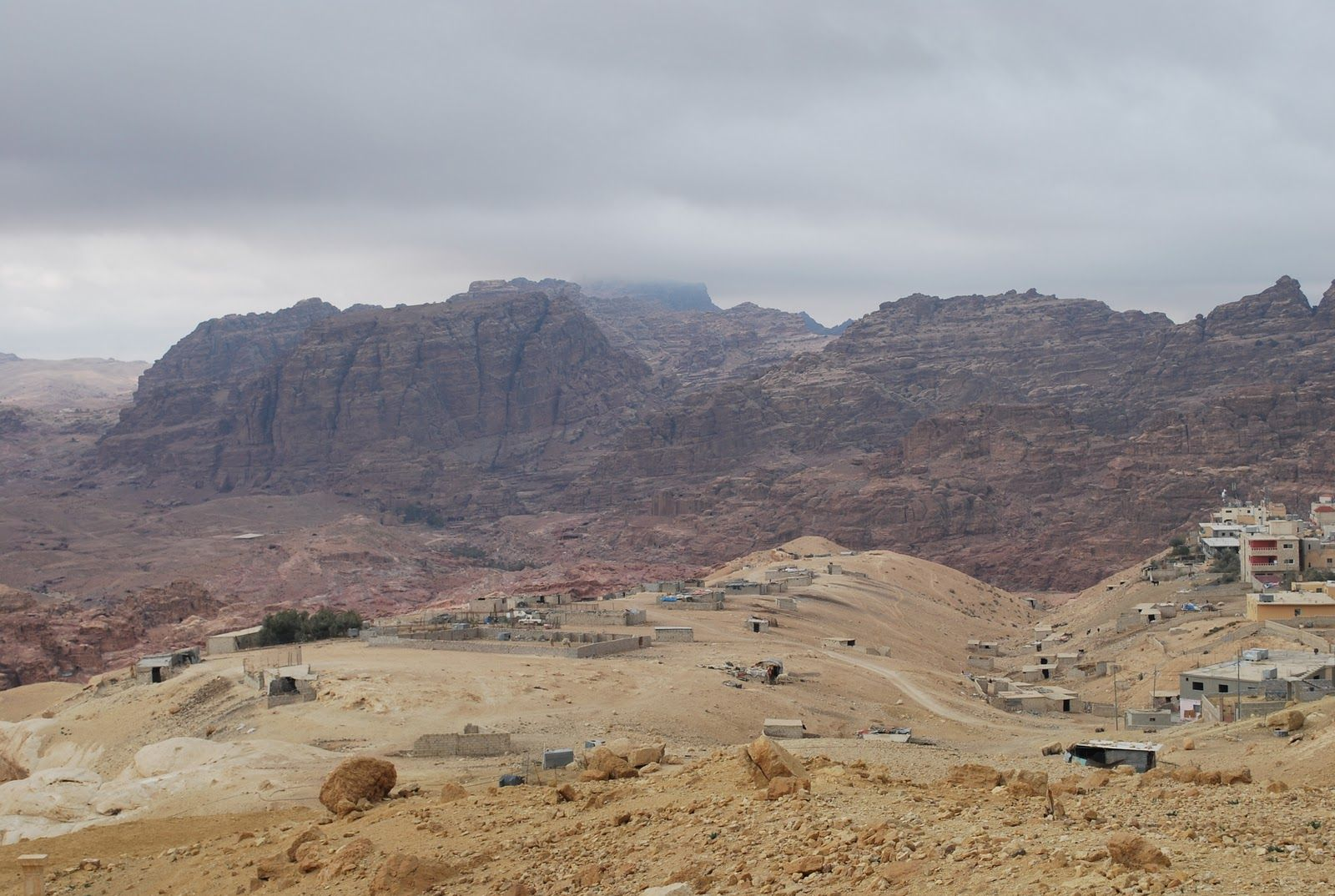Mount Seir, Jordan As Mount Sinai

The Mount Seir mentioned in the Abrahamic holy books has been suggested by some to also be the location of Mount Sinai. Mount Seir is generally thought to be in Jordan near the border with Saudi Arabia.
The theory was promoted by Baker Greene in the late 1800s. He argued that Mount Sinai is the same as Mount Horeb, and this mountain is a peak of Mount Seir. He also argued that Mount Sinai is the “Mountain of Light” (Jabal al-Nur) at the northern end of the Gulf of Aqaba.[1] However, the theory failed to gain traction.
Where is Mount Seir located?
The geographical basis of the theory is that Mount Sinai must be on the eastern side of the Gulf of Aqaba because Moses fled to Midian, modern-day Saudi Arabia. The Jewish Encyclopedia writes:
By comparing Num. xxxiii. 8-10 with Deut. i. 1 it is to be concluded that Sinai was between the Gulf of 'Aḳabah and Paran. According to this theory, Sinai-Horeb was either a part of Mount Seir or it was not far west of it, and Deut. xxxiii. 2, as well as Judges v. 4-5, favors the former supposition. The whole region now denominated the Sinaitic Peninsula was then under Egyptian control and strongly garrisoned.[2]
The historian Josephus wrote that Midian lay upon the coast of the Red Sea.[3] The Encyclopedia of the Bible records that many scholars limit the extent of Midian to being only lands east of the Gulf of Aqaba.[4]
Mount Seir is believed to be to the northeast of the Gulf of Aqaba in the land that was known as Edom. This would include modern-day Jordan and parts of northern Saudi Arabia.
What's the evidence?
Supporters of equating Mount Seir with Mount Sinai point to the Song of Deborah written in Judges 5:4-5. It seems to suggest that God dwelt on Mount Seir, a range in Edom:
“When you, Lord, went out from Seir, when you marched from the land of Edom, the earth shook, the heavens poured, the clouds poured down water. The mountains quaked before the Lord, the One of Sinai, before the Lord, the God of Israel.”
Proponents of this view point to a similar description in the book of Judges. They conclude that Mount Seir must be an alternative name for Mount Sinai or that Mount Sinai is one of the peaks of Mount Seir. The definition of a peak versus a mountain is subject to interpretation, making it plausible that a historical record like the Biblical account may refer an apparently independent mountain, whereas today we may consider it a peak of a larger mountain or mountain range.
Bibliography
[1] Gottlieb Wilhelm Leitner, George Roy Badenoch, Oriental Institute (Woking, England), East India Association (London, England), “The Imperial and asiatic quarterly review and oriental and colonial record,”152. https://books.google.com/books?id=AGAaAQAAIAAJ&pg=PA152&lpg=PA152&dq=baker+greene+mt+seir&source=bl&ots=zEnSgNQ8AE&sig=OPO2nli6MyOm9ec4AcymQegsujo&hl=en&sa=X&ved=0ahUKEwiDi7_Ip5fbAhUNH6wKHU9ZA38Q6AEIPTAI#v=onepage&q=baker%20greene%20mt%20seir&f=false
[2] “Sinai, Mount.” Jewish Encyclopedia. http://www.jewishencyclopedia.com/articles/13766-sinai-mount
[3] Flavius Josephus, The Antiquities of the Jews, Book II, chp 12, paragraph i.
[4] Encyclopedia of the Bible, “Midian, Midianites.” https://www.biblegateway.com/resources/encyclopedia-of-the-bible/Midian-Midianites
